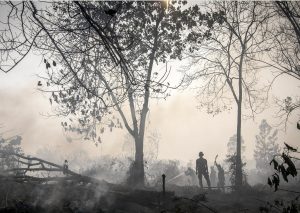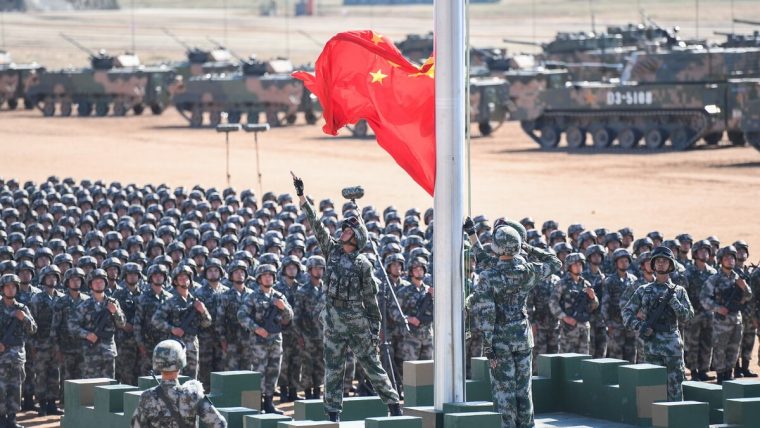
In Steven Spielberg’s 1977 blockbuster hit, Close Encounters of the Third Kind, the film’s title (Third Kind) meant actual contact with alien life forms (the First Kind being alien sightings and Second Kind physical evidence) and Malaysia right this moment, is experiencing an encounter of the third kind.
Humans by nature, are very territorial creatures. We stay in groups, we grow strong in numbers and we watch our turf. This territorial instinct is also the basis for many wars that predates the First World War in which a country forcefully occupies another country for power and resources and ultimately land control.
Historically, we have been at war.
The land we live in has seen countless battles long before the Portuguese came. It has witnessed bloodshed decades before Britain or Japan took over Malaya. And looking at the brewing global conflict that’s happening today, it’s no surprise that we may as well get caught in the battle of the titans between the much larger Eastern and Western Bloc.
Malaysia’s territorial conflict, however, may not be against America, Japan, Britain or even Russia but another powerhouse that’s sweeping the world by storm – China.
The People’s Republic of Nine-Dash Line
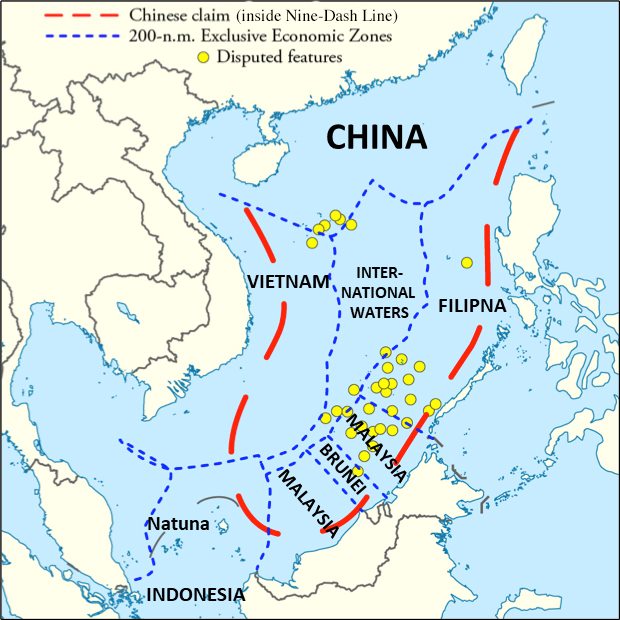
Ever heard of the Nine-Dash Line (NDL)?
Sometimes referred to as the Ten-Dash or Eleven-Dash (depending on the level of ego at the moment), NDL is China’s political demarcation line over the major parts of the South China Sea (SCS) dated as far back as 1912.
China basically is claiming the sea theirs. Problem is the 3,500,000 square kilometres marginal sea actually covers the coastal waters of Vietnam, Philippines, Brunei, Singapore, Indonesia and yes, Malaysia.
It’s like seven friends sharing a big pond to catch fish and one day, one decides to make it his.
How, you ask?
At this point, there are around 250 islands scattered across SCS and ownership of a piece of land entitles the coastal borders it possesses. This maritime control is gazetted at a radius of 12 nautical miles (about 22 kilometres) based on the United Nations Convention on the Law of the Sea 1982 (UNCLOS).
Beyond that 12 miles sovereignty, the same law also grants up to 200 nautical miles (370km) of Exclusive Economic Zone (EEZ) of which a country reserves the rights for exploration and use of marine resources, including energy production from water and wind.
Just Like Me, They Long to Be, Close to You
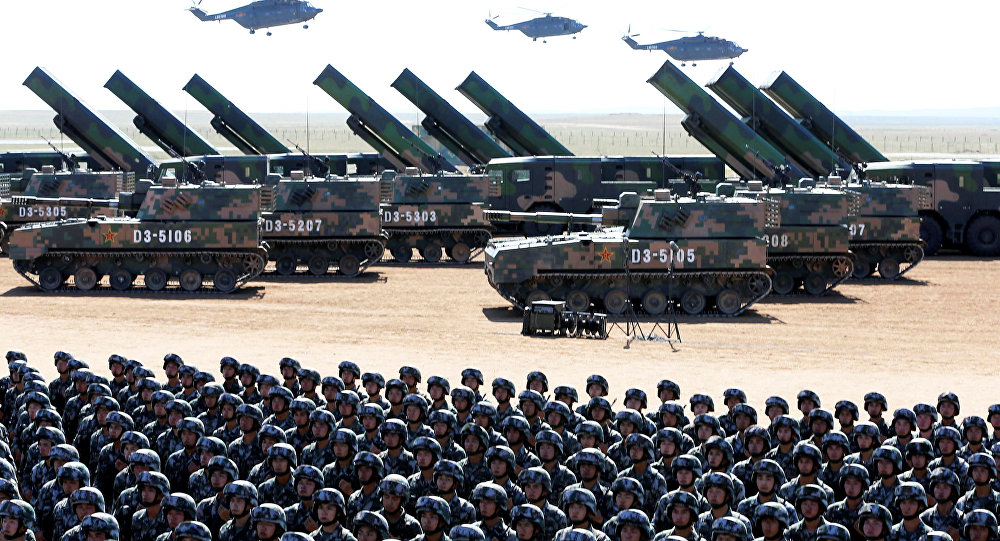
Like the song from Carpenters, China really really wants to be ‘close’ to us.
For over a century, the republic has been adamant in claiming the sea theirs, along with the resources in it. And with the claims come the threats.
Threats that come in all forms of military show of power – barely touching borders yet tethering on the fine line between aggressive and subtle intimidation.
And like a growing superpower they are, China gradually became less subtle in their approach.
Towards the end of December 2019 and early January 2020, reports of Chinese ship sightings over our waters have been pouring in on the double, with the latest from a Malaysian deepwater drillship running its daily grind in our EEZ off the coastal waters of Sarawak when a Xian H6 flew dangerously low in an act of buzzing.
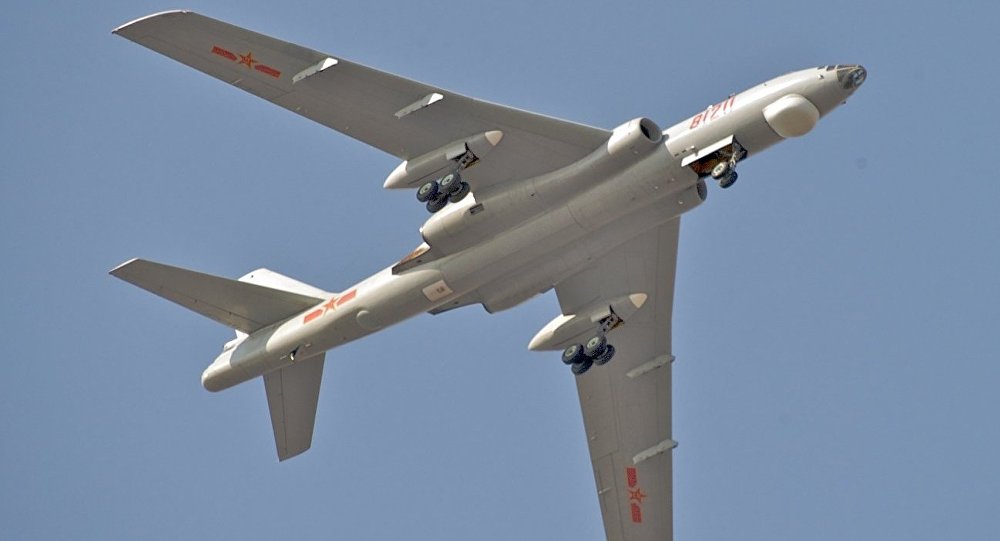
Buzzing in military terms is an act of harassment or intimidation, a show of power, a display of military might to the enemy. It’s when an enemy’s warship gets too close or a fighter jet flying too low.
A buzz from a small single-seater Heli-Sport CH-7 helicopter may not be a scary encounter but China’s Xian H6 is absolutely, no laughing matter.
The Xian H6 is a heavily-armed strategic bomber equipped with cruise missiles and guided munitions. Variants of the H6 may not only carry anti-ship missiles but also nuclear bombs.
If you’re wondering what’s the threat, do know that the bomber’s offensive reach can cover distances up to hundreds of miles and in this particular case, a simple flick of the red trigger will send its missiles to Sabah, Sarawak and all the way to parts of Semenanjung, Putrajaya included.
The frightening bomber aside, the size of China Coast Guard (CCG) ships seems to grow bigger in the last four years, patrolling INSIDE our EEZ, especially the CCG 3901.
The colossal ship is the world’s biggest coast guard cutter vessel in the world, armed with rapid-fire naval guns, auxiliary guns and anti-aircraft guns. Its 12,000-ton size is a behemoth compared to the US Navy’s biggest Destroyer ship, the 9,300-ton Arleigh Burke.
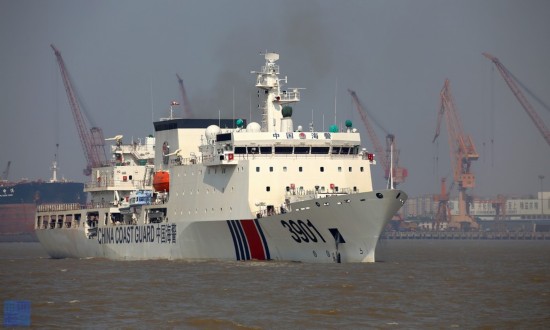
Although the CCG serves similar operational duties as our Malaysian Maritime Enforcement Agency (APMM) where its job includes coastal and oceanic rescue and patrols, during wartime it will be placed directly under China’s Liberation Army Navy, immediately turning the luxury yacht into a sea monster.
Zooming Out the Globe

So why worry? Our ministers are friends with China, aren’t they?
Of course one would argue the need to worry since China itself is slowly becoming a major fundamental of Malaysia’s economic growth. Despite the change of power and silent cynical cries, the past and present government are both tied to China in our 21st-century move to level up our game in terms of technology transfer, investor relations and trade opportunities.
Trade ties are also one of the reason why most ASEAN countries are keeping mum on border violations by China, a conflict of interest in the best way possible, obviously in their favour.
But why is the same government that’s shaking the hands of our leaders is sending its troops to spook ours?
The answer lies back to the NDL claim we spoke of earlier. Its aggressive move has not been a favourite amongst South East Asian countries but from a stereotypical SEA standpoint, this is not their major concern.
Our Brothers and Sisters of the Sea
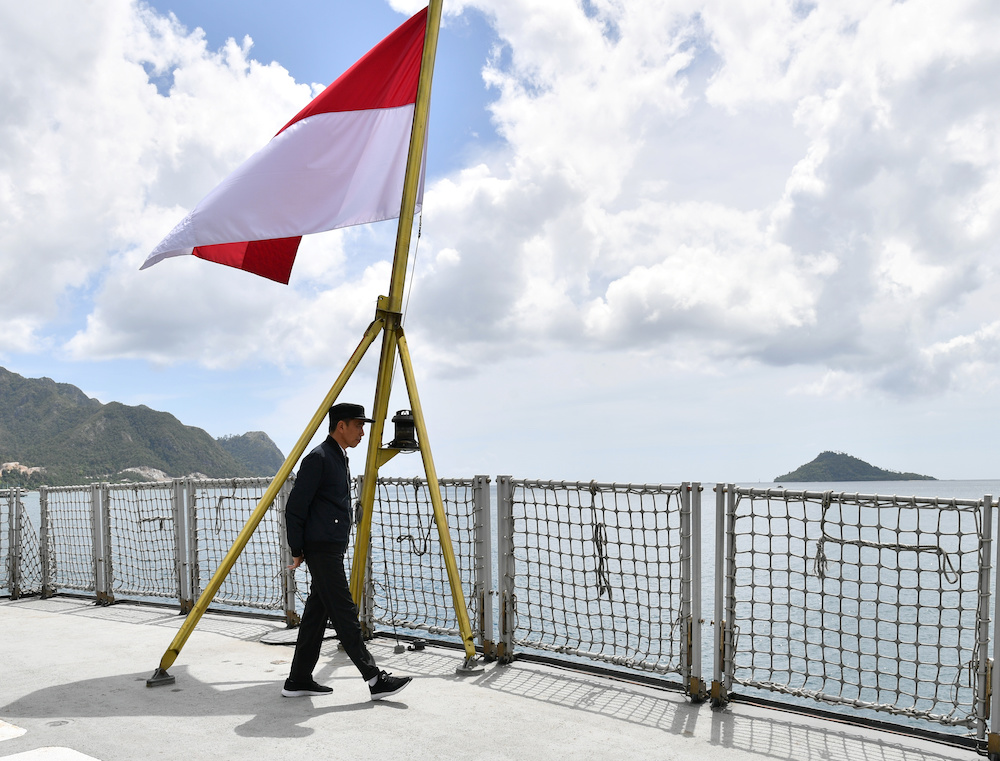
China’s territorial disputes have not been on the shy side since over a century ago. Case in point – the Fiery Cross Reef off the coast of Vietnam.
Not exactly an island, the reef was named after the British merchant ship, Fiery Cross which was wrecked on the reef in 1860.
Fast forward to 1987, UNESCO’s team of global scientists agreed to let China build weather stations on the reef, negligent to the territorial disputes the Republic is riddled in.
This then led to armed conflicts with Vietnam in 1988 but like any other conflicts involving China, they simply brushed it off and built embankments to construct a large artificial island on the reef.
Today, China has an airstrip, a seaport and military garrison on Fiery Cross Reef. In recent years, the airstrip has been spotted landing countless military jets including the massive bomber we spoke about earlier, the Xian H6.
Geographically, the reef is just 549 kilometres from the Northern tip of Sabah, explaining why large battleships and bombers have been spotted off our coastal waters.
Indonesia is another country that’s been riddled with China sea disputes, especially over the Natuna Regency.
An Indonesian archipelago of 272 islands, the problem with Natuna is that its EEZ overlaps China’s SCS dispute, raising diplomatic and military tension between both countries for years. China’s fishing boats have been caught countless times, raking in sea rewards from Jakarta’s coastal waters.
The first week of January saw Indonesia’s Maritime Agency (BAKAMLA RI) or Badan Keamanan Laut Republik Indonesia going head to head with an armed CCG vessel that’s guarding a China fishing boat.
Watch the video below to see the action.
So What’s Up Malaysia?
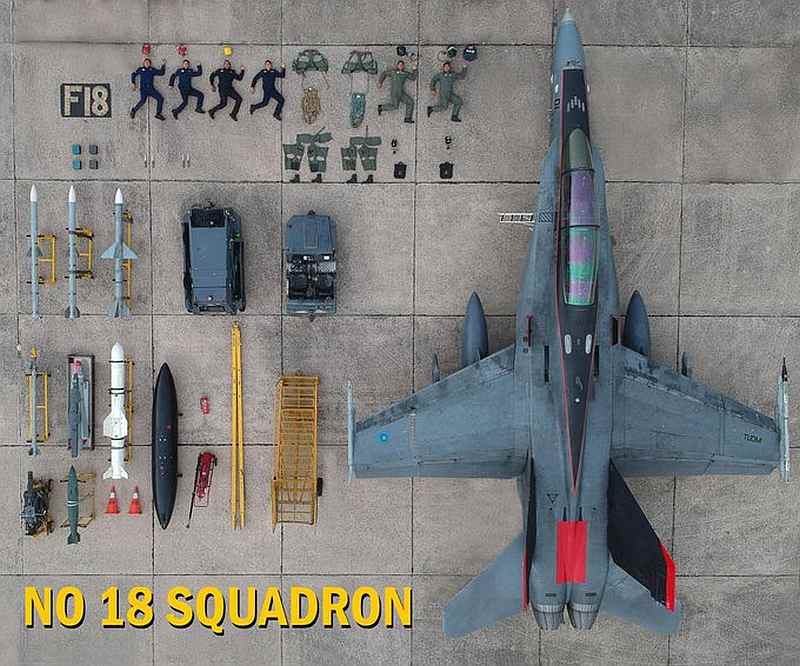
Many would wonder, what does this have to do with us?
Simple mind would call China’s aggressive military approach a harmless gesture and countries like Indonesia (or Vietnam, Philippines and Malaysia) are taking it personal.
Like, aren’t we dealing with China to produce the Proton X70, the ECRL and countless mega developments? So what’s there to worry about? It’s not like the war is upon us, at least not anytime soon, right?
Truth is, Indonesia, Vietnam and Malaysia’s approach might not exactly be the same but one thing we have in common – we don’t appreciate noisy neighbours. Especially one that’s bringing over nuclear-ready strategic bombers.
And encroaching a country’s air space or coastal waters is a direct violation of a country’s sovereignty, freedom of independence and given rights.
Retaliation, however, is limited to a country’s military might. It’s embarrassing but the current state of defense has Indonesia winning us by a few hundred nautical miles. In comparison, the US versus Iran feud is akin to China and Indonesia while Malaysia like an inferior neighbour we are, could only watch the parade go by like Lebanon or Jordan.
Check out the world map and you’ll understand that securing control over the South China Sea is just a portion of a bigger master plan.
A master plan where the SCS is part of the Pacific Ocean, the great sea that has seen a million battlefields in World War II.
Gaining control over the smaller SCS is like having one foot in, and let’s not wait for things to happen when a single country is overpowering any other country. Historically, war will happen.
And war is not something any Malaysian (or anyone, for that matter) would wish for.
From the record, war can drag other countries deep into the depth of annihilation, be it physical casualty or economic collapse. Diplomatic measures can only do so much, especially to countries that do not bow town to international pressures like China.
To say that war will never happen is an understatement. We bet that’s exactly what our elders said before Japan came and knocked on their doors in 1942.
Although destroying a country today might not need such military might anymore and it’s probably happening here as we speak but when it comes to the actual war, are we even ready?
The state of our defense system seems to say no.
Let’s just say, our armaments are old and sad. Even our police force is using assets older than any policeman alive, figuratively.
The importance of defense has been sidelined not just by the powers that be but also the everyday Ali, Muthu and Ah Hock without realising that a good defense system is the reason why we can live in peace. So ask yourself, are you absolutely sure we are indefinitely at peace?
We’ll leave you with a speech by a US war veteran who was deployed in Iraq and Afghanistan (both wars cost $700 million a day) and lived to tell the tale of how war is just a cash cow for the rich, the oil giants and the defense contractors.
Like this article? Read this conflict in Kashmir and learn something from our end.

